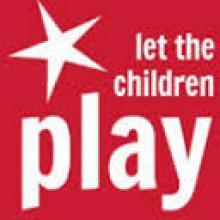
Let the Children Play is a blog that “celebrates the importance of play in the lives and education of our children.” It is dedicated to sharing play-based preschool experiences and providing “inspiration, tips and information to help parents and teachers alike put the play back into childhood.”1
As an early childhood teacher and mother, Jenny Kable began Let the Children Play in November of 2009 to share how a progressive small preschool in Australia's bush country is countering the tendency of children to spend less time outdoors in unstructured play time. She notes the disturbing trend toward structured early childhood programs “despite the fact that everything we know about how children learn and develop tells us that it is through PLAY.”2
Let the Children Play blogs are organized into the broad categories of early childhood education (Australian), early childhood (elsewhere), outdoor play loving, progressive education, and play loving blogs. They can also be searched according to nearly 50 different topic categories - such as mud play, fairy gardens, play and risk, preschool science, and how to create irresistible play spaces for children - or by key words, date of publication, or through a listing of popular posts.3 For example, in the category of “mud play” there are blogs about making mud, mud painting, International Mud Day, mud bricks, and mud kitchens.
Besides blogs, the Let the Children Play website offers a monthly online newsletter, a Play Outside! database of ideas, and a It's Playtime online community for sharing and learning. The blog has been acknowledged with the Top Teacher Blog award from the Teacher Certification Degrees and was listed in the Top 25 Raising Playful Tots Index.4

